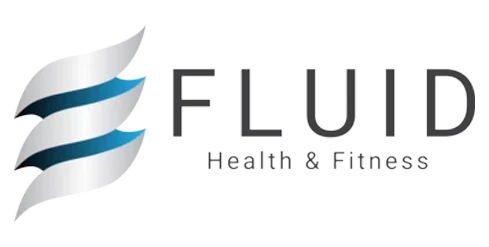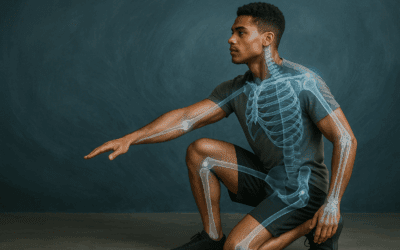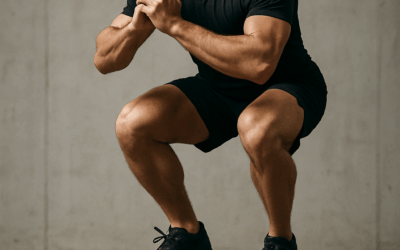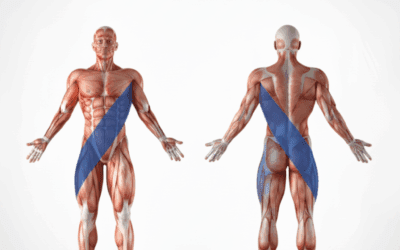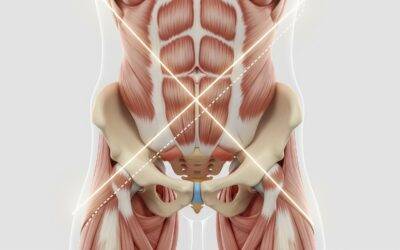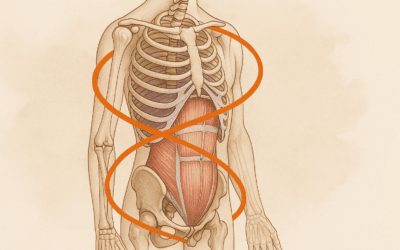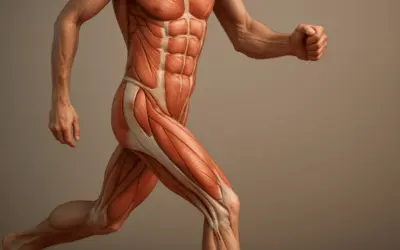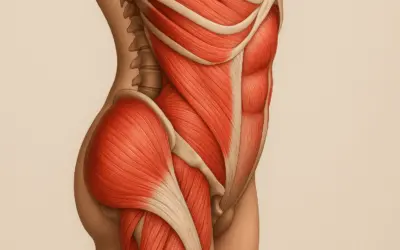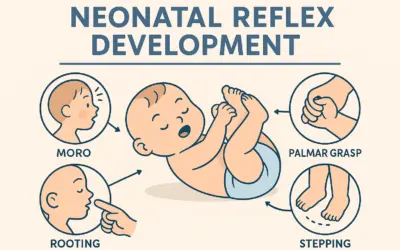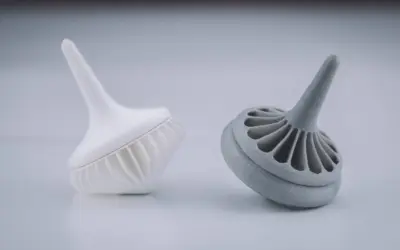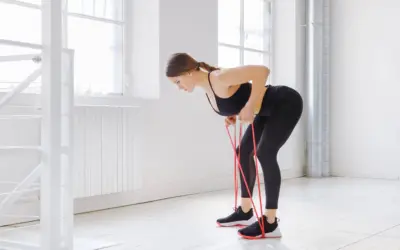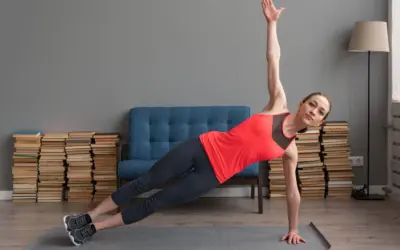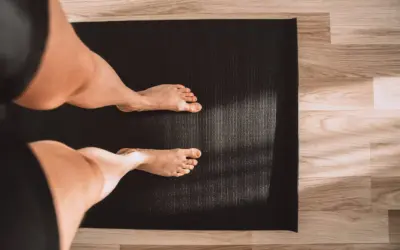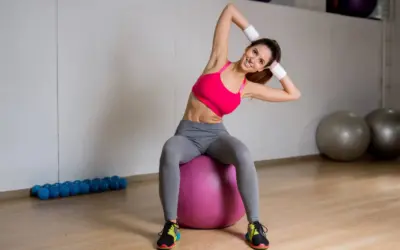Biomechanics
Think You Know Your Body? This Self-Screen Will Reveal What You’ve Been Ignoring
Most people assume they move well—until their body tells them otherwise. This self-screening approach reveals the hidden imbalances your brain has learned to ignore, giving you a clearer map to move, train, and live better.
Want to Jump Higher? Stop Focusing on Jumping | Why The Hardest Part of Plyometrics Is the Softest
Plyometric mastery isn’t about how high you can launch—it’s about how quietly and efficiently you can land. Long before sport-specific drills, your nervous system wired reflexes and myofascial slings that still dictate whether you rebound like a spring or collapse under pressure.
The Baby Blueprint: Rewiring Movement Through DNS
DNS isn’t just exercise—it’s your body’s original blueprint for movement, hidden in the way babies naturally roll, crawl, and stand. By retraining breath, posture, and reflexes together, DNS restores the integrated system that makes movement effortless and pain-free. It’s not about fixing a muscle—it’s about rewiring how your whole body works.
Why Your Core Isn’t Just Abs: The Hidden Anchors That Keep You From Falling Apart
Most people think of their core as a six-pack of abs, but the truth is far more interesting—and far more important. Your real stability comes from diagonal anchors in your body called oblique slings. These muscular and fascial lines connect your shoulders to your hips, keeping you upright and steady when life throws you off balance. Whether you’re carrying a heavy bag, running, or simply bending to pick something up, your oblique slings are quietly at work, resisting twists and holding your ribs and pelvis in alignment. Understanding how these systems develop, how they function, and why they matter could change the way you think about strength forever.
Why Your Strength Is Lying to You | The Hidden Patterns Blocking Real Power
True athleticism is rhythm under stress. When the breath, spine, and stride align—even under load—that’s spiral integration. And that’s how you move better, longer, and stronger. Learn more here..
Separate to Integrate: The Forgotten Intelligence of Trunk Rotation
Human movement is not just about how much weight you can lift or how fast you can run—it’s about how intelligently you can organize your body to generate power without breaking yourself in the process. At the center of this organization lies an often-overlooked skill: trunk dissociation—the ability to rotate your rib cage independently from your pelvis. Read more..
The Axial Engine: How Your Core’s Deep System Drives Stability, Rotation, and Movement Efficiency
Your spine, rib cage, and pelvis form the body’s axial engine—the hub that stabilizes posture, rotates efficiently, and transfers force into every step. When this system falters, balance, energy efficiency, and joint health suffer.
Back-loaded ruck training challenges this engine in a uniquely functional way. By shifting the center of mass slightly backward, rucking forces the deep spinal stabilizers, diaphragm, and diagonal sling systems to work in harmony. Every step becomes a rehearsal for maintaining intra-abdominal pressure, resisting unwanted trunk rotation, and keeping the rib cage and pelvis aligned under load.
The Anterior Oblique Sling — The Cross-Body Engine of Human Movement
When you rotate, reach, or step forward, your body isn’t just moving in parts—it’s connecting across diagonals. This connection is powered by the Anterior Oblique Sling (AOS), a system of muscles and fascia that links your trunk to your opposite-side leg. It’s how the body maintains stability during motion, especially when twisting, throwing, or walking. Read more…
The Lateral Sling System — Your Body’s Side-Body Seatbelt
Your body doesn’t just need to move forward — it needs to stay upright when life pulls you sideways. The lateral sling system is your built-in side-body seatbelt, made up of muscles like the glute med, adductors, obliques, and QL. When this system is underdeveloped or out of sync, you’ll see knee collapse, hip drop, or rib flare. Learn how this system develops in infancy, how to spot dysfunction, and how to train it to restore side-to-side stability and protect your posture for life.
From Infant Foundations to Adult Function: The Reflexes Behind How We Move
You’ve probably heard the phrase “go back to basics,” but in the world of human movement, we mean it literally.
Before you ever stood on two feet, your body followed a brilliant sequence of primitive reflexes—automatic movement responses that helped build posture, coordination, and strength. These reflexes shaped your nervous system’s blueprint for how to move, stabilize, and adapt to gravity. Read more…
The Foot Tripod: Your Foundation for Movement Mastery
Imagine standing barefoot on a balance beam. Now close your eyes.
What’s keeping you upright isn’t just your muscles—it’s an ancient blueprint wired into your nervous system. And it all starts with your feet.
But not just any part of the foot—the tripod.
Stillness in Motion: How Your Body Controls Chaos
Imagine you’re wearing a Ruc Pack and you clip a water bottle to the front strap with a carabiner. Now walk. That bottle starts swinging side to side like a little wrecking ball. It tries to pull you off balance.
But when your body is organized the right way, the bottle barely moves. It’s not magic—it’s smart, controlled movement.
Week 12 and Series Capstone: Mastering Transverse Plane Swing Mechanics and the 12-Week Biomechanics Journey
Week 12 marks the final chapter of Fluid Health and Fitness’s Applied Fundamentals program—a 12-week structured progression through the biomechanical planes of motion. This concluding week examined the final components of the transverse plane in swing mechanics, specifically focusing on the scapulothoracic/glenohumeral complex, lumbopelvic sacroiliac (LPSI) region, and ankle-foot structures. More significantly, it served as a culmination of the cognitive and physical principles introduced throughout the series.
Transverse Plane Mastery: Week 11 Summary
Week 11 at Fluid Health and Fitness explored transverse plane swing-phase biomechanics—analyzing how the cervical-cranial, thoracic spine, and hip-knee complexes synchronize to support controlled rotation, postural alignment, and movement efficiency. This phase emphasized the dynamic stability required during swing, where the body must counter-rotate and reorient without sacrificing alignment.
Transverse Plane Mastery: Week 10 Guide to Stance Mechanics
Week 10 of the Applied Fundamentals course at Fluid Health and Fitness advanced the application of transverse plane biomechanics with a focus on the scapulothoracic/glenohumeral complex, lumbopelvic sacroiliac region, and the ankle-foot complex. This week continued the theme of rotational control in stance, reinforcing how each segment manages torsional forces while preserving joint integrity and kinetic efficiency.
Transverse Plane Mastery: Week 9 Guide to Stance Mechanics
Week 9 of the Applied Fundamentals course at Fluid Health and Fitness marked the transition into transverse plane mechanics—addressing how the body maintains postural control, joint alignment, and rotational integrity during stance. This phase explored how the cervical-cranial region, thoracic spine, and hip/knee complexes regulate and distribute rotational forces across the kinetic chain.
Mastering the Frontal Plane: Week 8 Summary of Biomechanics
Week 8 at Fluid Health and Fitness completed the study of frontal plane biomechanics by focusing on swing-phase mechanics across the scapulothoracic and glenohumeral (ST/GH) complex, the lumbopelvic sacroiliac (LPSI) region, and the ankle-foot complex. This phase emphasized dynamic postural control, neuromuscular integration, and joint alignment during unilateral movement.
Mastering the Frontal Plane: A Week 7 Guide to Swing Mechanics
Week 7 of the Applied Fundamentals course at Fluid Health and Fitness advanced our exploration of frontal plane mechanics into the swing phase. This week examined how the cervical spine, thoracic spine, and lower extremities coordinate during lateral limb advancement to preserve balance, visual orientation, and postural control.
Mastering the Frontal Plane: A Week 6 Guide to Stance Mechanics
Week 6 of the Applied Fundamentals course at Fluid Health and Fitness deepened the exploration of frontal plane mechanics, focusing on the shoulders, core, and feet—the endpoints and central hub of the kinetic chain. This week emphasized how the scapulothoracic, glenohumeral, lumbopelvic, and ankle-foot complexes coordinate to maintain load balance, postural symmetry, and dynamic control in the frontal plane
Mastering the Frontal Plane: A Week 5 Guide to Stance Mechanics
Week 5 of the Applied Fundamentals course at Fluid Health and Fitness marked the transition into frontal plane biomechanics, examining side-to-side control and balance during stance. This week focused on the cervical and cranial regions, the thoracic spine, and the femoroacetabular (hip) and femorotibial (knee) joints—each playing a pivotal role in maintaining symmetry, alignment, and dynamic stability under load.
